

Gebundenes Buch
Connecting the Chemical Structures and Material Behaviors of Polymers
20. April 2020
CRC Press
Ähnliche Artikel
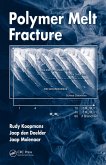
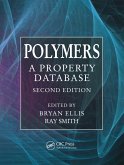

eBook, PDF
29. September 2005
Taylor & Francis eBooks
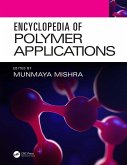
eBook, PDF
17. Dezember 2018
Taylor & Francis eBooks

eBook, PDF
29. November 2001
Taylor & Francis eBooks
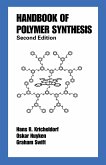


eBook, PDF
28. Juli 2004
Taylor & Francis eBooks
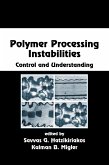

Ähnlichkeitssuche: Fact®Finder von OMIKRON
